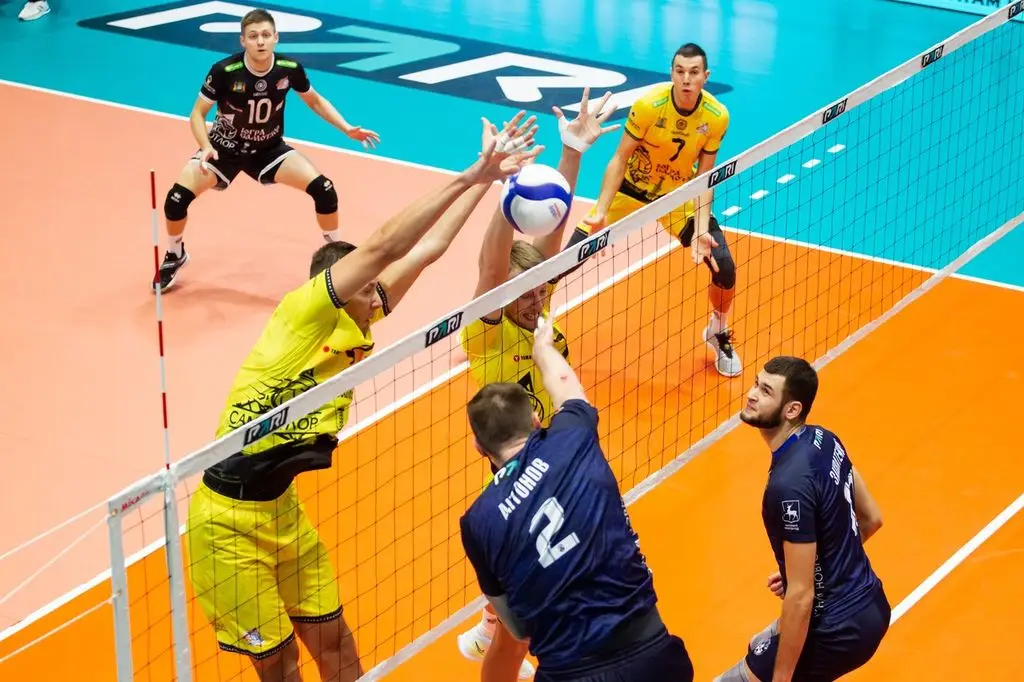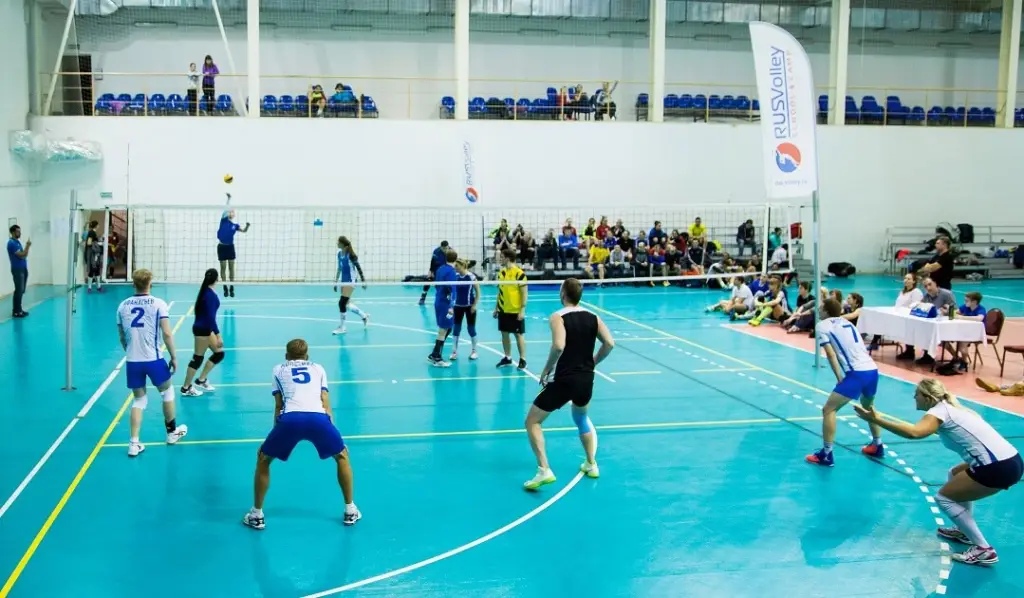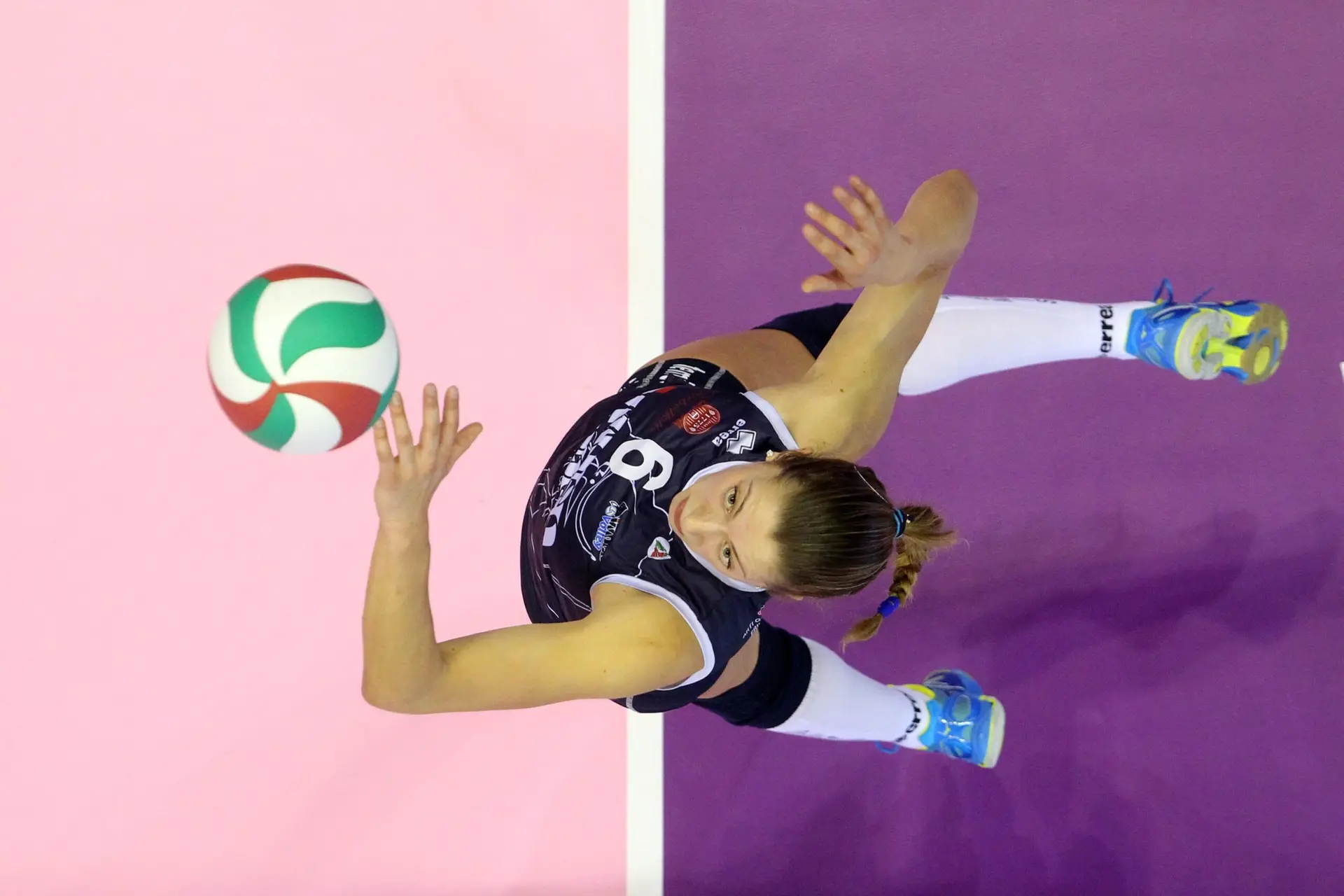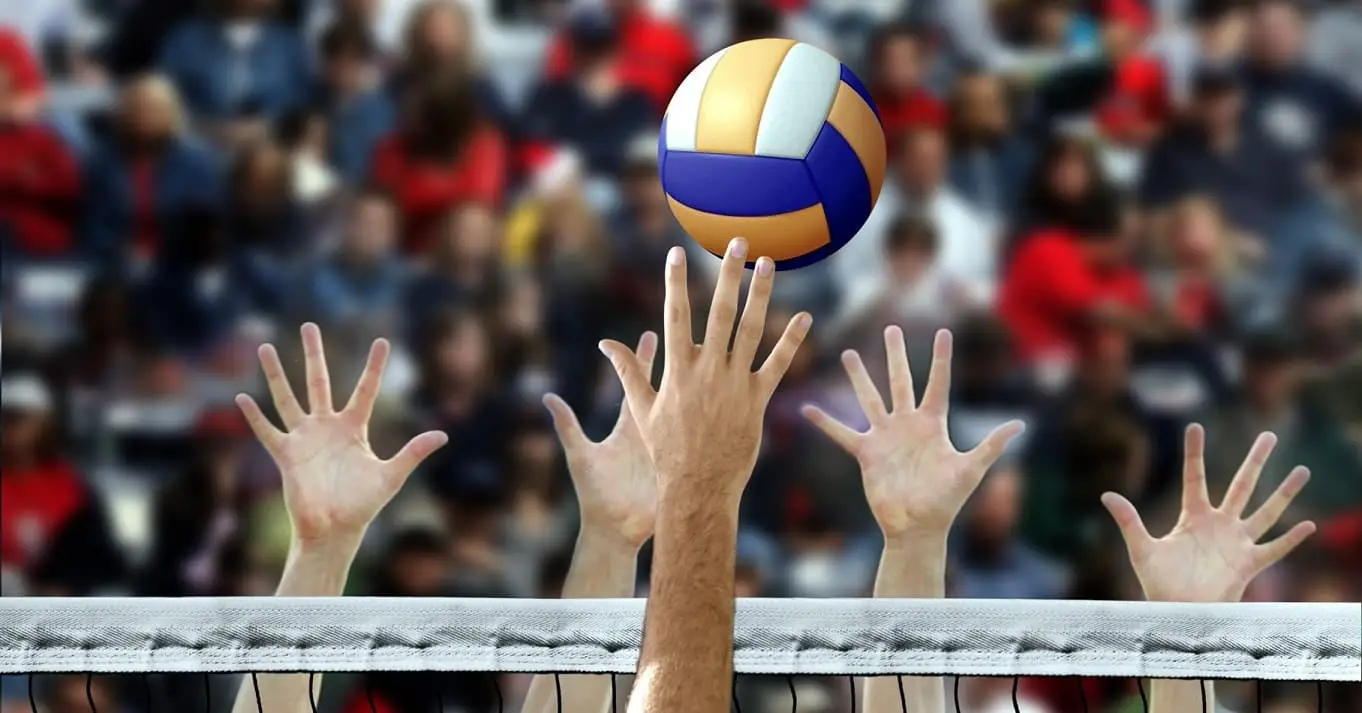Volleyball originated in the late 19th century as “Mintonette” and has evolved into a dynamic and spectacular sport that has adapted to a variety of conditions and needs. From intense indoor games to sunny beaches and snowy courts, volleyball offers unique formats for everyone. Let’s dive into the world of this versatile sport and find out what types of volleyball there are. Maybe you’d like to try something new.
What types of volleyball are there: Classic indoor format
The basic format of the discipline, on which all other variants are based. The indoor version defines the standards regarding movement, technique, tactics, and strategy. From this point on, training begins in sports schools and the rules for international competitions are established. Of all existing volleyball variants, the indoor version ranks highest in terms of complexity, versatility, and history.
Structure and Platform
The rectangular area of 18x9m is divided into two equal zones by a net. The front line zone defines the three-meter-wide attack zone, which determines the right to attack. The net height is 2.43 m for men and 2.24 m for women. The game is played indoors with wooden, rubber, or combined surfaces.
Team Format and Rotation
Six players are on the court at once. Each game begins with a serve, after which the teams exchange points. After each point exchange, the team rotates clockwise. Play continues until 25 points are in play. The winner must have a lead of at least two points. The game consists of three, sometimes five, sets. The playoff game is played to 15 points.
Ball and Equipment
The ball weighs 260 to 280 g and has a circumference of 65–67 cm. The cover is made of synthetic leather, allowing you to control its trajectory. Players wear high-cushion shoes, knee pads, and light clothing.
International Scene
The Olympic Games, World Championships, the Nations League, and the FIFA World Cup – all of these tournaments are played indoors. The top contenders in recent years have included Brazil, Poland, the USA, Italy, and France. Olympic titles and medals are distributed among the strongest teams according to a unique system – the “best of three losses” format preserves a chance even after a group loss.
Beach Volleyball
 The most well-known form of volleyball outside of the traditional indoor arena. Due to its spectacularity, dynamics, and minimalism, the format has developed into its own Olympic discipline and gained mass popularity.
The most well-known form of volleyball outside of the traditional indoor arena. Due to its spectacularity, dynamics, and minimalism, the format has developed into its own Olympic discipline and gained mass popularity.
The Location and the Team
The 16x8m surface is on sand – often natural, sometimes specially compacted. Two teams of two players each participate in the game. There is no three-meter line zone, but additional rules are introduced to limit attacking shots from receptions. The net height is 2.43 m for men and 2.24 m for women.
Rules
The game lasts up to two sets of 21 points each. If a third is needed, up to 15. The interval is at least two points. A mandatory requirement is no substitutions: the entire game is played by two players. Volleyball players freely change positions during the rally.
Conditions and Technique
Sand requires the development of leg strength, coordination, and balance. Passes are executed with a high trajectory, and the ball is lighter and larger. A shortened step before the serve, a high-arc serve, and one-handed blocks are used.
Snow Volleyball
Of all existing volleyball styles, this is considered the youngest and most experimental. It originally emerged as a show format in Austria and Eastern Europe, but has already gained recognition at continental tournaments.
Location and Conditions
The 16x8m surface is laid on compacted snow. The ball has a high shell density and weighs 400g, ensuring wind resistance. The temperature range for competition is between -10°C and 0°C. The height of the net is similar to that of the classic game. Teams consist of three players. One substitution is permitted.
Rules
Matches are played until two sets of 15 points each are won. The margin of victory must be at least two points. The conditions limit jump height and movement time. The emphasis is on passing, blocking, and endurance. Players wear thermal uniforms, spiked shoes, and gloves. Particular attention is paid to balance – on snow, the base of support is lost. Defense is achieved more through proper positioning than acrobatics.
Field Volleyball
Among the various types of volleyball available, this format occupies a position between traditional and amateur. Due to its ease of organization, easy accessibility, and minimal equipment requirements, the game on grass enjoys great popularity in schools, universities, and summer recreational sports events.
Conditions and Scope
The game is played on a level surface with dense grass or artificial turf. The recommended court size is 18 x 9 m. The net is set at a standard height, but for an amateur format, it is permissible to lower the height. The surface influences the behavior of the ball: the bounce is less predictable, and movement on slippery grass requires more control.
Team Format and Rules
They usually play in teams of six. The rules are almost the same as in the indoor format: serve, receive, combination, and finish. However, rotations are often simplified or eliminated altogether, especially in unofficial tournaments.
The number of players can vary to as few as four or eight, allowing the game to be either a fast-paced game or a large-scale, mass format.
What’s an unusual game: Sitting volleyball
An adapted sport format that has been included in the compulsory program of the Paralympic Games. Of all existing volleyball formats, this one underscores the inclusivity of the sport and the accessibility of elite competitions for people with disabilities.
Format and Venue
The playing court has been reduced to 10 x 6 m. The net height is 1.15 m for men and 1.05 m for women. Teams of six players each move around the court exclusively in a seated position. The ball retains its standard properties, but the weight is often reduced to 225–245 g to ensure optimal control with a small range of motion.
Rules
Players are not permitted to raise their buttocks off the ground while performing any play action. Active use of the arms, body, and slides are permitted. The game is played for up to 25 points, and there are three wins. At the same time, serving, blocking, and combinations—the entire spectrum of technical play—are preserved, which gives the format a sporting appeal.
Confession
At the international level, the strongest teams compete: Bosnia and Herzegovina, Iran, Brazil, and the USA. The final round of the Paralympic Games is regularly fully attended, and in many countries, this discipline is part of the core disability sports program.
2×2 and 3×3 Volleyball
Adaptations to the reduced team size provide variety in both training and competition. Among all existing volleyball formats, these formats are characterized by their conciseness, high speed, and minimal need for substitutions.
Rules and Features
The 2×2 format is most commonly used on the beach, but is also suitable for use indoors or on grass. 3×3 is used in both street and training games. The court size is 12 x 6 m. Teams play without a fixed rotation, in shortened halves: up to 21 points. The team that wins two out of three games usually wins. Participants combine all roles: there is no division into libero, diagonal, or setter. Everyone participates in receiving, attacking, and blocking.
When Used
These types are actively used to practice personal techniques and make quick decisions. They increase the demands on concentration, positioning, and passing accuracy. The ball often hits the same player in succession, creating an intense game rhythm. 2×2 and 3×3 formats are commonly used in club tournaments, student events, and team camps.
Water Format (Aqua Volleyball)
The most unusual of all volleyball formats, aqua volleyball combines classic techniques with the resistance of water, creating a completely different physical challenge. The game promotes strength, coordination, agility, and balance.
Location and Environment
The game takes place in a pool 1.2 to 1.7 m deep. The area is defined by the pool edge or special floating barriers. The net is located at a height of 2.43 m (men) or 2.24 m (women) and is stretched outside the pool on sturdy supports. The ball has an increased diameter—up to 78–80 cm. The surface is made of a water-repellent and highly visible material.
Command Structure and Rules
Typically, six players play. Each team performs standard actions—serve, receive, pass, hit, block. However, movements occur more slowly in water. The jump requires more strength, and the landing (or rather, the “dive”) often delays the reaction to the next episode. The game goes to 15 points, games – up to three wins.
Problems and Physics
Players move against the resistance of the water, increasing the strain on the core and shoulder girdle muscles. Throwing requires control of the movement with support on the chest and balance in an upright position.

Since falls are eliminated, tactical maneuvering and the ability to immediately read the opponent play an increasingly important role.
Now you know what types of volleyball there are
 The variety of sport formats shows how many development opportunities a traditional discipline offers. Each game retains its basic character but adapts it to new surfaces, numbers, and mobility. A player who moves freely between multiple styles develops strength, endurance, coordination, tactics, and a range of game solutions. Skill levels expand, and interest grows.
The variety of sport formats shows how many development opportunities a traditional discipline offers. Each game retains its basic character but adapts it to new surfaces, numbers, and mobility. A player who moves freely between multiple styles develops strength, endurance, coordination, tactics, and a range of game solutions. Skill levels expand, and interest grows.

 en
en  ru
ru  de
de  ar
ar  es
es  hi
hi  fr
fr  nl
nl  it
it  pt
pt  el
el 



